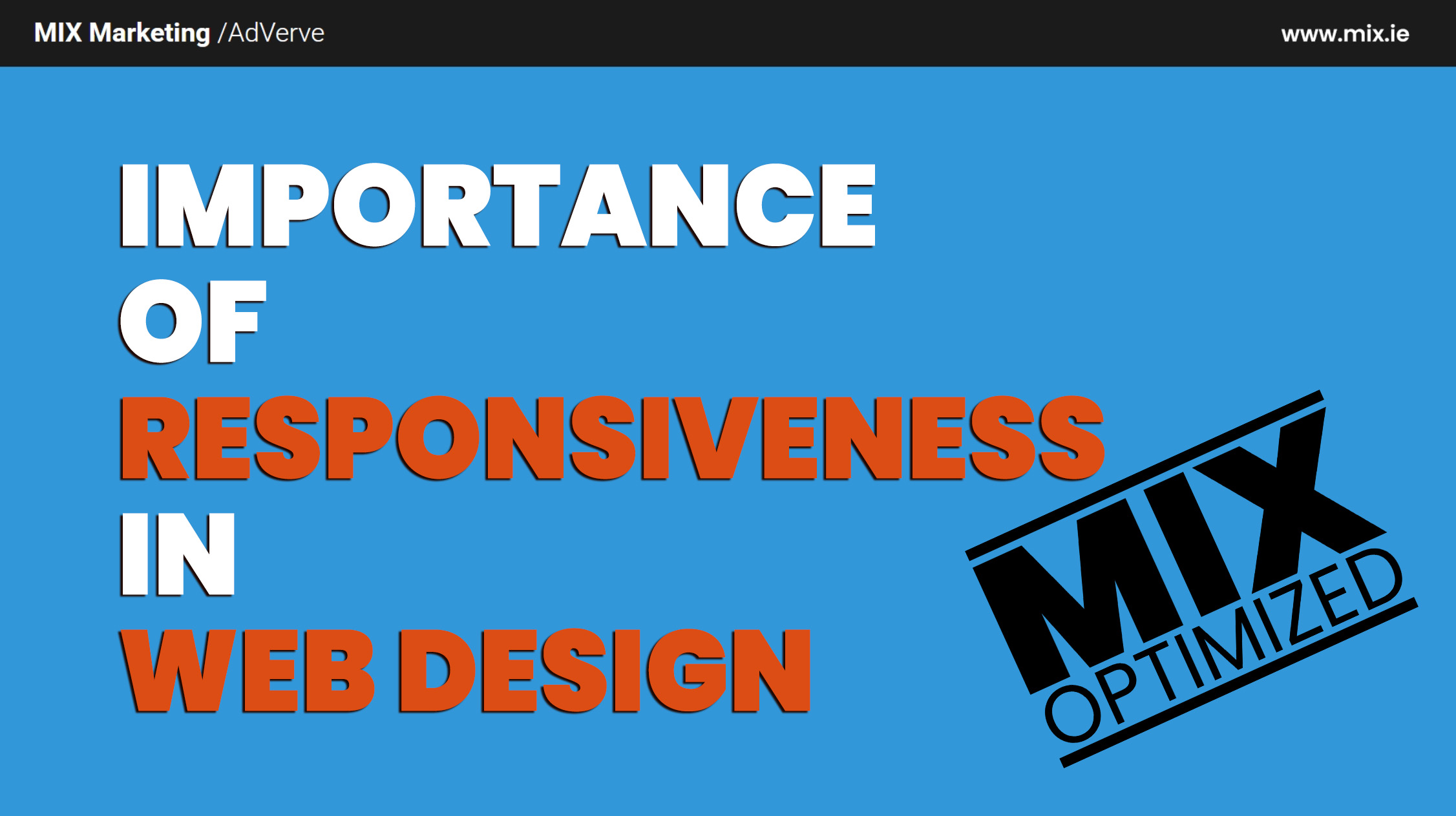Users access websites from many devices. A responsive site adapts its layout, images and interactions to provide usable experiences everywhere.
* If you are visually impaired or have difficulties reading you can listen to this page content by playing our YouTube video The importance of responsiveness in web design at the bottom of the page

Improved User Experience
Responsive sites present content in a readable, interactive way on any screen. This reduces friction — users find information quickly and complete tasks with fewer errors.
SEO Advantages
Search engines use mobile-friendliness and page experience signals when ranking sites. Responsive design helps meet those signals, improving organic visibility and click-through rates.
Faster Loading & Performance
Performance optimizations — responsive images, lazy loading, and reduced payloads — lower load times and bounce rates, particularly on mobile networks.
Accessibility & Inclusive Design
Responsive layouts that follow semantic HTML, focus management and sufficient touch target sizes make content accessible to more users, including those using screen readers or magnifiers.
Consistent Branding
A single responsive codebase ensures your brand's visual identity and messaging remain consistent across all devices and contexts.
Future-Proof Websites
Responsive design principles (fluid grids, scalable assets, progressive enhancement) make it easier to adapt to new devices — smart watches, foldables, TVs — without full redesigns.
How to make a website responsive — practical steps
Follow these steps to build or retrofit a responsive website. Each step is actionable and focused on practical outcomes.
- Plan mobile-first: Start with the smallest screens and progressively enhance the layout for larger viewports.
- Use flexible grids: Employ CSS Grid or Flexbox with relative units (%, rem) instead of fixed pixel layouts.
- Serve responsive images: Use
srcsetandsizesattributes, consider WebP/AVIF, and useloading="lazy"for offscreen images. - Apply media queries: Add breakpoints to adjust typography, navigation and spacing for different widths.
- Optimize performance: Minify assets, defer non-critical JS, and prioritise critical CSS for faster rendering.
- Test thoroughly: Test on real devices and with emulators, check touch targets, forms and screen-reader behaviour.
FAQ — Common questions about responsive design
Quick answers to common questions.
What is responsive web design?
Responsive web design is a technique where a site adapts its layout and assets to the user's screen size and capabilities so content remains usable and readable.
Why does responsiveness affect SEO?
Search engines evaluate mobile usability and page experience; sites that perform well on mobile are more likely to rank higher in search results.
How do I make images responsive?
Use img srcset with multiple image sizes and the sizes attribute, set CSS max-width:100%, and lazy-load non-critical images.
Is responsive design the same as mobile-first?
Not exactly. Mobile-first is a strategy where you design for mobile first and scale up; responsive design is the technique (fluid grids, media queries) used to make pages adapt.
Responsive web design is essential — it improves UX, search rankings, accessibility, performance and protects your investment as devices continue to evolve.